|
If I’ve said it once, I’ve said it a thousand times. The only downside to writing (and reading) this particular blog, is knowing that they all end the same—the main character dies. Such is the struggle for the “cemetery journalist” based on his available subjects. However, the fascination always lies in asking the basic two questions regarding the gravestones and monuments that comprise all burying grounds, big or small, and that is: “Who were these people?” and “How did they die?” A few weeks back, I wrote a story about an interesting, above-ground crypt in Mount Olivet called the Roelkey Vault, which contains multiple members of the family of John and son, Joseph Roelkey. One day when I was shooting photos of the Roelkey Vault, for that story, I took particular notice of a large monument I was standing next to. The family’s name of “Gilson” was new to me and I my curiosity was piqued by seeing the names of two decedents (and brothers) who had died in their early thirties. These included J. Emory Gilson (1866-1898) and Thomas J. Gilson (1882-1913). Below the latter, was the name of Thomas’ wife, one I had familiarity with thanks to producing a history documentary about the town of Thurmont years ago. I would find that Alice H. Osler (1883-1951) was the daughter of Van Buren Osler (1840-1901), a Union Civil War veteran, merchant, former president of the town commission and one of the founders of the town’s first bank in 1889, along with partner Samuel Birely. This institution would become known as the Thurmont Bank in 1901 (after Osler’s death) and was housed in one of the most iconic buildings in town up through this day. Another Union Civil War vet was on the other side of the gravestone I was positioned beside in Area R/Lot 57. This was the father of the two brothers (John Emory and Thomas). His name was Charles Albert Gilson, a native of near Emmitsburg. Born in 1840, this man was the son of Richard Gilson whom author T.J. Williams calls “a native of Frederick County, who was of Scotch-Irish extraction” in his History of Frederick County (Vol. II) published in 1910. Charles grew up on his father's farm located on Middle Creek just southeast of the town of Emmitsburg. The fabled history book goes on to say that Charles A. Gilson spent the early years of his life in the occupation of a farmer, but afterwards devoted himself to mercantile interests. "He was a member of the Union Army for four years during the Civil War, serving with much credit, and participating in many of the hard fought battles of that struggle. Charles was married February 27th, 1866, to Harriet E. Morrison, of Emmitsburg District, Frederick County." It appears that the family may have gone west to Iowa for a few years, but were back in Maryland for the 1870 census in the area of Emmitsburg. In 1877, Charles located to Frederick, and was engaged in the agricultural implement business. The couple had five daughters and three sons. The family lived on East Third Street in 1880 and relocated to West Church Street by decade’s end. Mr. Gilson passed in 1892 and was revered as a man who was highly respected in the community in which he lived. Interestingly, all three of his boys are also buried in this plot including Charles Albert Gilson, Jr. (1875-1950) who lived a considerably long life compared to his male siblings. Charles, Jr. spent most of his existence in the field of banking under the employ of the Farmers & Mechanics’ National Bank of Frederick. Charles, Jr. would assist his mother in burying his older brother John Emory on October 12th, 1912. Unfortunately, I failed in finding out more about this man and his exact cause of death because my historical newspaper subscriptions don’t currently include papers from the week he died (Oct 6-18th). All I know is that he had lived in Washington, DC at the time of his marriage to Louise Griffith in September of 1891. He was mentioned to have been ill and recuperating at the home of his mother at 73 South Market Street in September, 1898. To come full circle, we can wrap up with a known cause of death for Thomas Jones Gilson, husband of Alice Osler mentioned at the outset. After looking into this further, I can tell you with certainty that Thomas was unlucky, unfortunate, luckless because he found himself at the wrong place at the wrong time in December, 1913. That place was Elephant Butte, New Mexico. To backtrack a bit, Thomas was born on September 26th, 1883 and attended school here in Frederick. He was eight when his father died, and was raised into adulthood by his mother on South Street. He can found living with her in the 1900 US Census and working for a laundry. Thomas married Miss Osler in 1904, and worked as a salesman. In 1910, he can be found selling pianos and living in Quincy, Illinois, where they had their first child, Thomas. Soon after, Mr. Gilson took a job as an engineer with the United States Reclamation Service. He moved to Provo, Utah where he and Alice would welcome a second son in June, 1912 (Charles Osler Gilson). 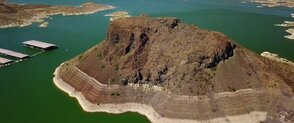 The elephant's head is to the left. The elephant's head is to the left. In spring, 1913, Thomas would be assigned to a project in Sierra County, New Mexico. It involved building a dam near an ancient landform known to locals by its Mexican name of “El Elefante.” It’s a butte, an isolated hill with steep, often vertical sides and a small, relatively flat top. In the case of Elephant Butte, it has an elevation of 4,639 feet. To put things in perspective, the highest elevation of our very own Catoctin Mountain is 1,880 feet. If you look at its shape closely, it resembles an elephant that is sleeping on its side. The area around Elephant Butte is noted for its hot springs, and the first public bath in the area was built at John Cross Ranch over Geronimo Springs in the late 19th century. The hot springs are part of the Hot Springs Artesian Basin. Major settlement here began with the construction of Elephant Butte Dam and its reservoir starting in 1912. The dam was completed in 1916, but our subject would not live to see it. This engineering accomplishment was a part of the Rio Grande Project, an early large-scale irrigation effort authorized under the Newlands Reclamation Act of 1902. I’ve found several photographs and articles regarding the Elephant Butte reservoir project, including pieces in national magazines like Scientific American and several overseas periodicals. One of the most common images used is the following which depicts a 20 ton “dinkey” railway engine swung across a canyon over the Rio Grande River. This method of cableways would be used to transport many thousands of tons of machinery and materials for the dam project. In 1916, the nearest town to Elephant Butte was incorporated as Hot Springs. It became the Sierra County seat in 1937. By the late 1930s, Hot Springs was filled with 40 different natural-hot-spring spas — one per every 75 residents at the time — though primarily catering to visitors. An interesting aside includes the city willingly changing its name from Hot Springs due to confusion with other places titled “Hot Springs” around the country. In March 1950, Ralph Edwards, the host of the popular NBC Radio quiz show Truth or Consequences, announced that he would air the program on its 10th anniversary from the first town that renamed itself after the show. This is when Hot Springs, New Mexico officially changed its name to Truth or Consequences on March 31st, 1950. The program was broadcast from this city the following evening and Edwards visited the town during the first weekend of May for the next 50 years. This event became known as Fiesta and eventually included a beauty contest, a parade, and a stage show. Today, Elephant Butte is the centerpiece of Elephant Butte Lake State Park, and has served as an island since the completion of the dam and surrounding water reservoir. When the Gilson family arrived here in 1913, it is assumed they were provided housing by the federal government. Old photographs show small settlements in the vicinity of Elephant Butte for the workers. Oddly, Mr. Gilson would receive a debilitating injury that would lead eventually to his death weeks later. Interestingly, this would not be an “on the job” accident, rather one that just occurred while on the way back home one day. Although friends and family back home were sent a telegram about the initial incident, Thomas Gilson was thought to be on the mend according to his wife’s correspondence. Just days after Christmas, the Frederick community would learn of his death at age 30. Although, the exact cause of death is not stated, it must have been some sort of infection, or consequence, of his head suffering the blunt force trauma of the wood. I theorize that the sawmill where Mr. Gilson stopped was heavily used for producing boards for concrete forming for the dam project. The local newspapers carried subsequent stories of Gilson’s body being shipped back home to Frederick for burial, culminating with his funeral on January 6th, 1914 in Mount Olivet. His mortal remains would join that of his older brother John Emory, and his parents—his mother having died in 1908. Alice would return to Provo and remarry a man named Charles Karney. Her son Charles Osler Gilson would die in 1918 of appendicitis at the age of six. The family would relocate to Olympia, Washington. She would live until 1951, at which time her body would be brought back to Maryland for reburial next to her first husband in Mount Olivet. While it may not matter to many people, learning who this man was, and how and where he died has been very enlightening to me. From here onward, every time I pass his gravestone sitting high, I will have the image of that incredible butte resembling an elephant in my brain as that is likely among the last images that he would have before passing.
3 Comments
Michael Woolsey
1/30/2024 05:27:03 pm
I was raised in Maryland, but have spent most of the past 37 years in New Mexico, where this story leads us. Now I'm living back in Frederick County & this is a very interesting story. New Mexico only became a state in 1912, so this story was creating itself within New Mexico's infancy....
Reply
2/1/2024 06:49:04 pm
I am from El Paso and know the area well. I now live in Frederick. Very interesting story, thank you for the memories and pictures.
Reply
Alberto Rivas
2/2/2024 10:16:16 am
Karl forwarded this story to me, I live in El Paso and go often to the hot springs in "T or C" as we call it here. Was surprised to learn that at one time there were 40 spas! I think there are only about a half dozen today, but could be wrong. Ted Turner is a big land owner in the area, also owning one of the bigger posh spas. It's a beautiful landscape all around. Interesting story connecting all the way back to the Civil War, which I also enjoy studying - I wonder if the above Charles Gilson had fought at Gettysburg, having been from around Emmitsburg.
Reply
Leave a Reply. |
STORIES
|
Archives
July 2024
June 2024
May 2024
April 2024
March 2024
February 2024
January 2024
December 2023
November 2023
September 2023
August 2023
July 2023
June 2023
May 2023
April 2023
March 2023
February 2023
January 2023
December 2022
November 2022
October 2022
September 2022
August 2022
July 2022
June 2022
May 2022
April 2022
March 2022
February 2022
January 2022
December 2021
November 2021
October 2021
September 2021
August 2021
July 2021
June 2021
May 2021
April 2021
March 2021
February 2021
January 2021
December 2020
November 2020
October 2020
September 2020
August 2020
July 2020
June 2020
May 2020
April 2020
March 2020
February 2020
January 2020
December 2019
November 2019
October 2019
September 2019
August 2019
July 2019
June 2019
May 2019
April 2019
March 2019
February 2019
January 2019
December 2018
November 2018
October 2018
September 2018
August 2018
July 2018
June 2018
May 2018
April 2018
March 2018
February 2018
January 2018
December 2017
November 2017
October 2017
September 2017
August 2017
July 2017
June 2017
May 2017
April 2017
March 2017
February 2017
January 2017
December 2016
November 2016

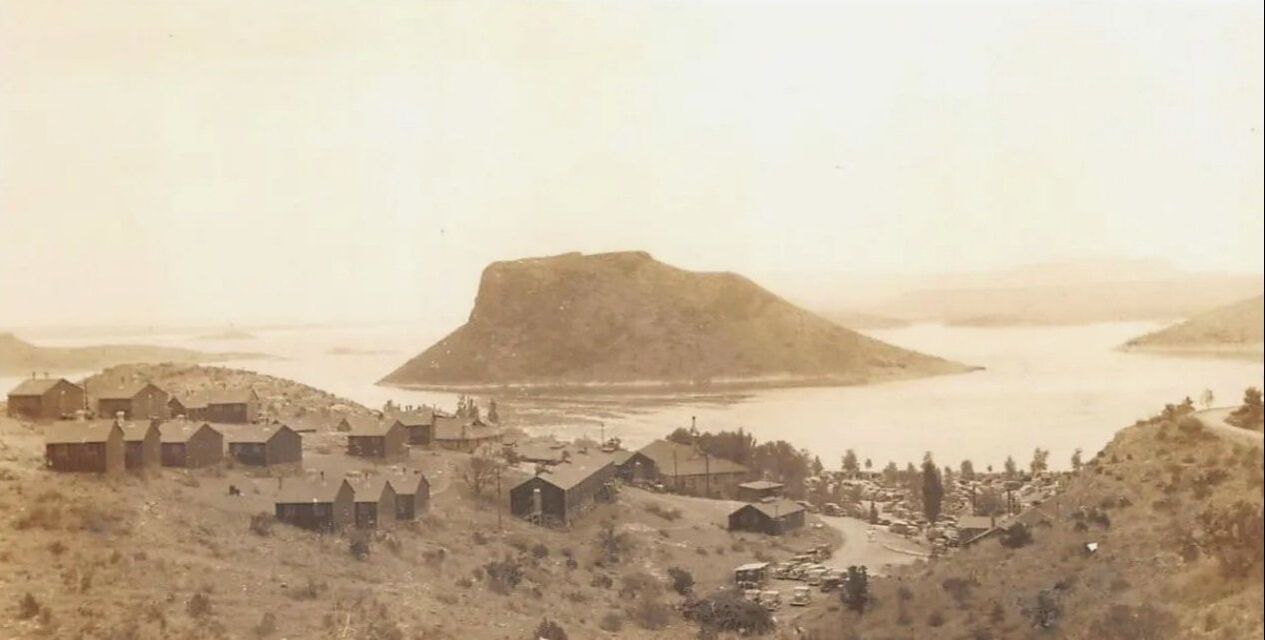
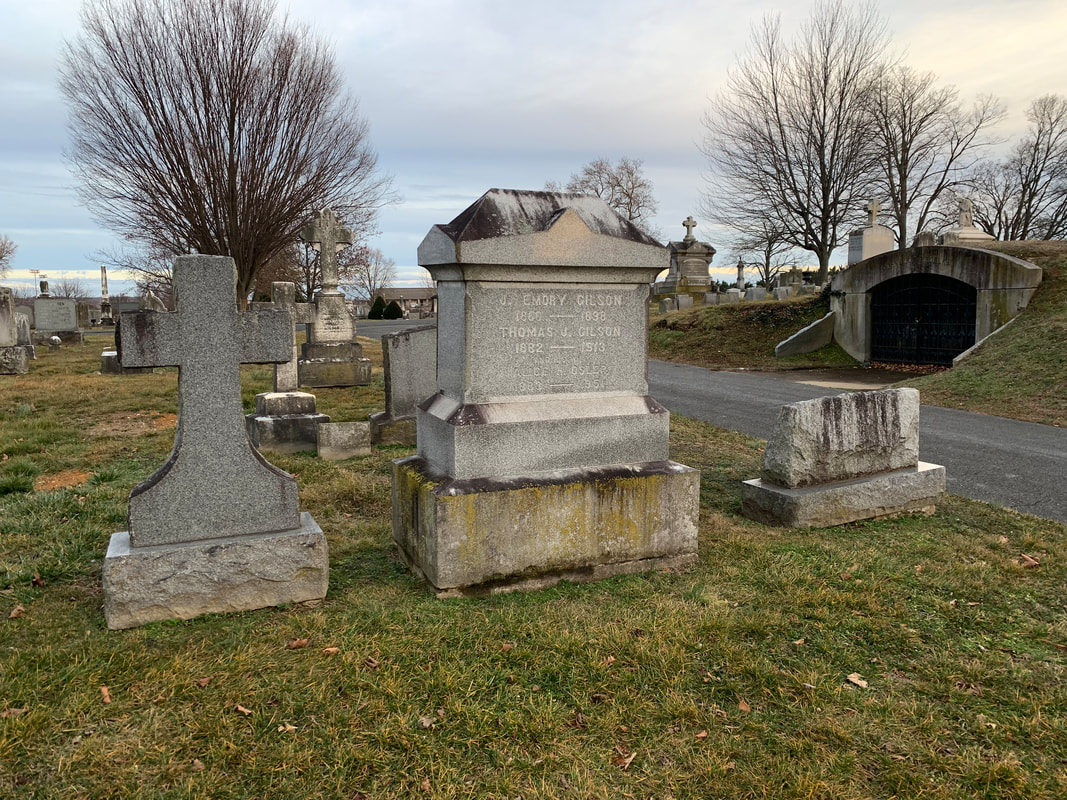
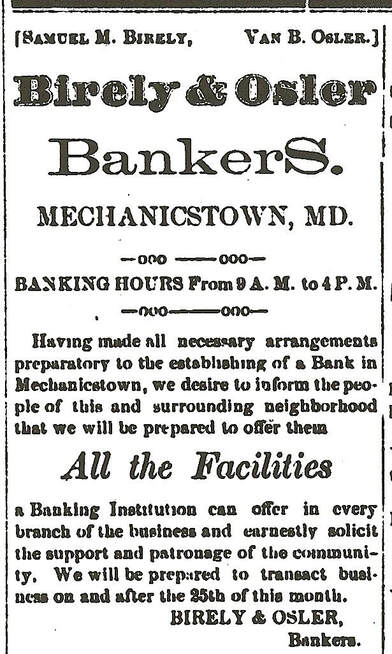
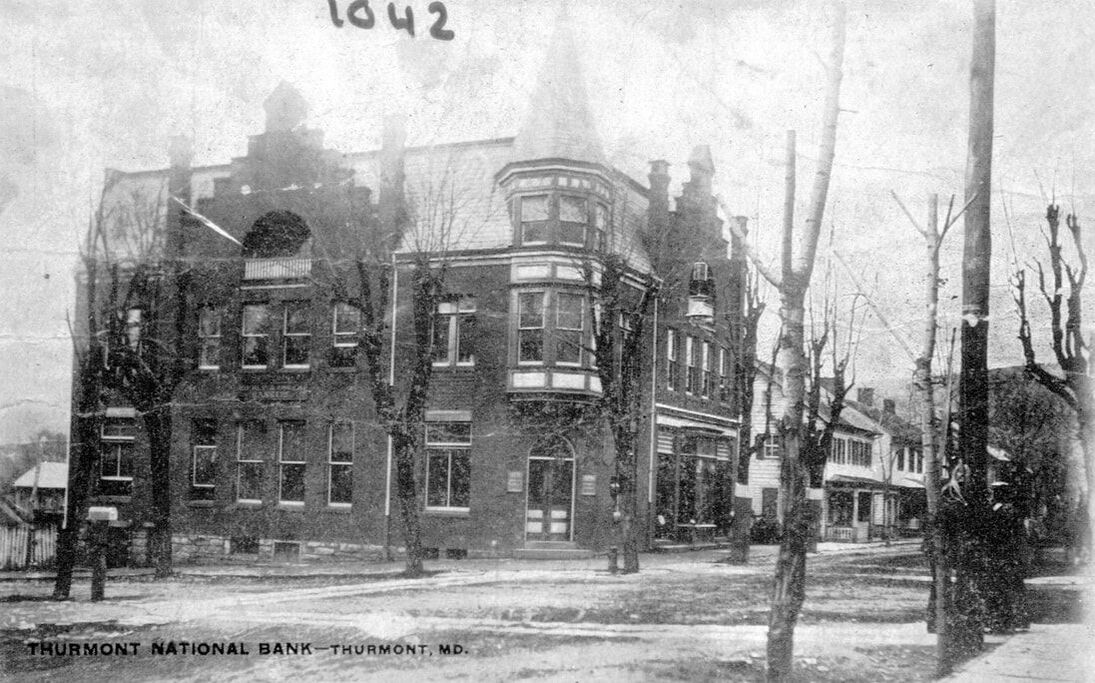
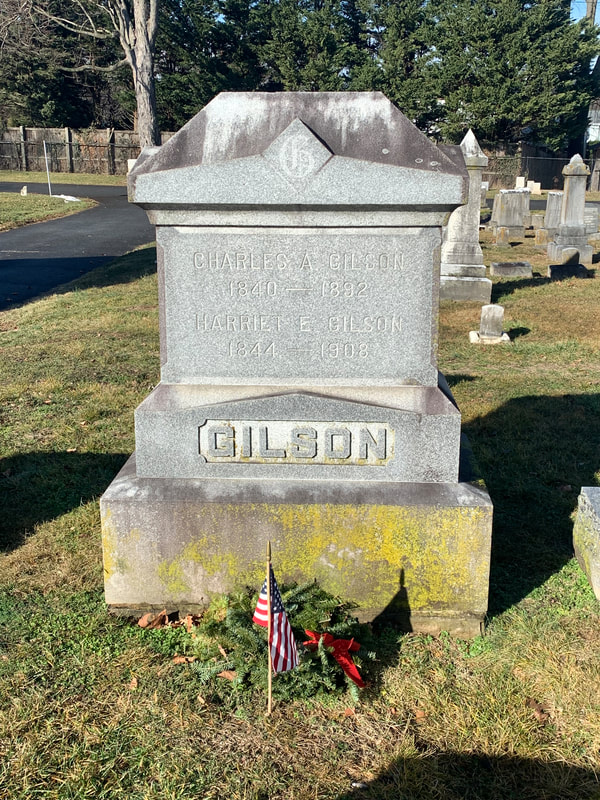
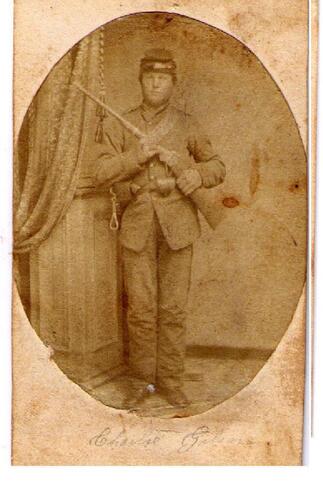


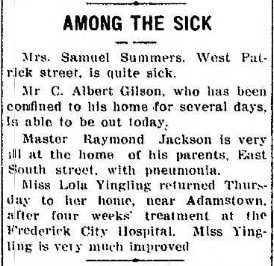
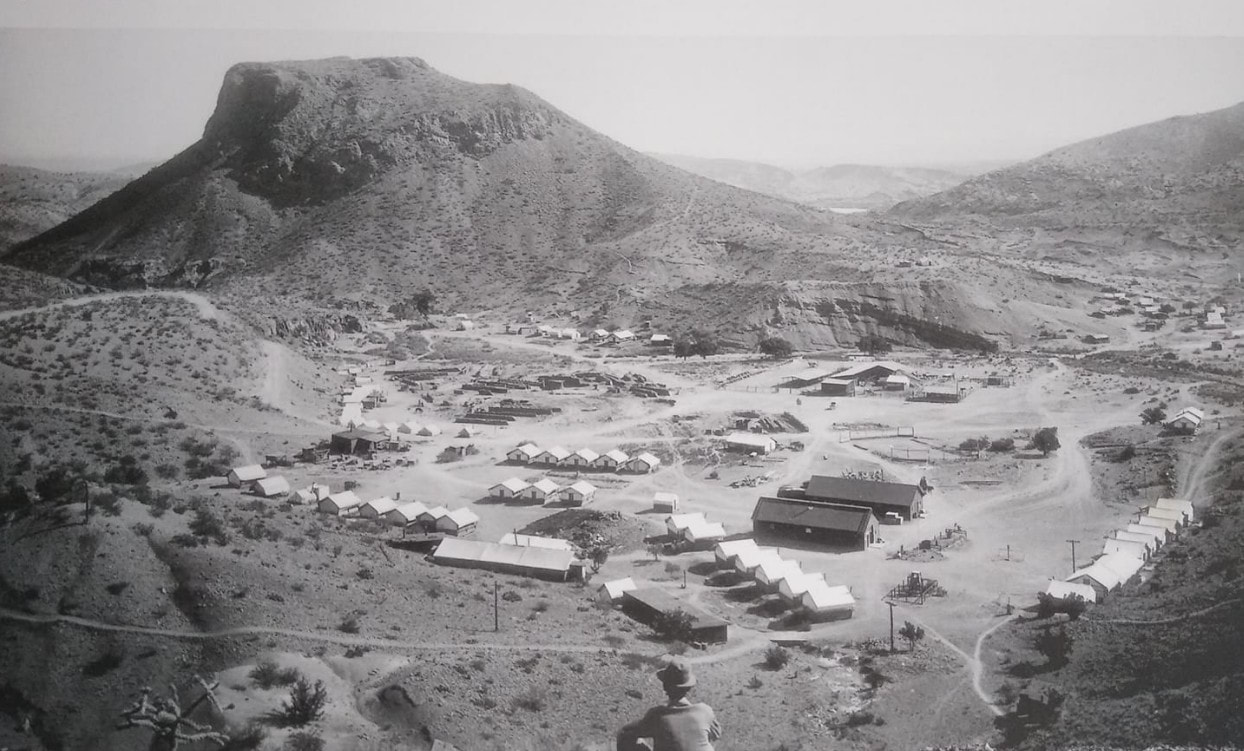


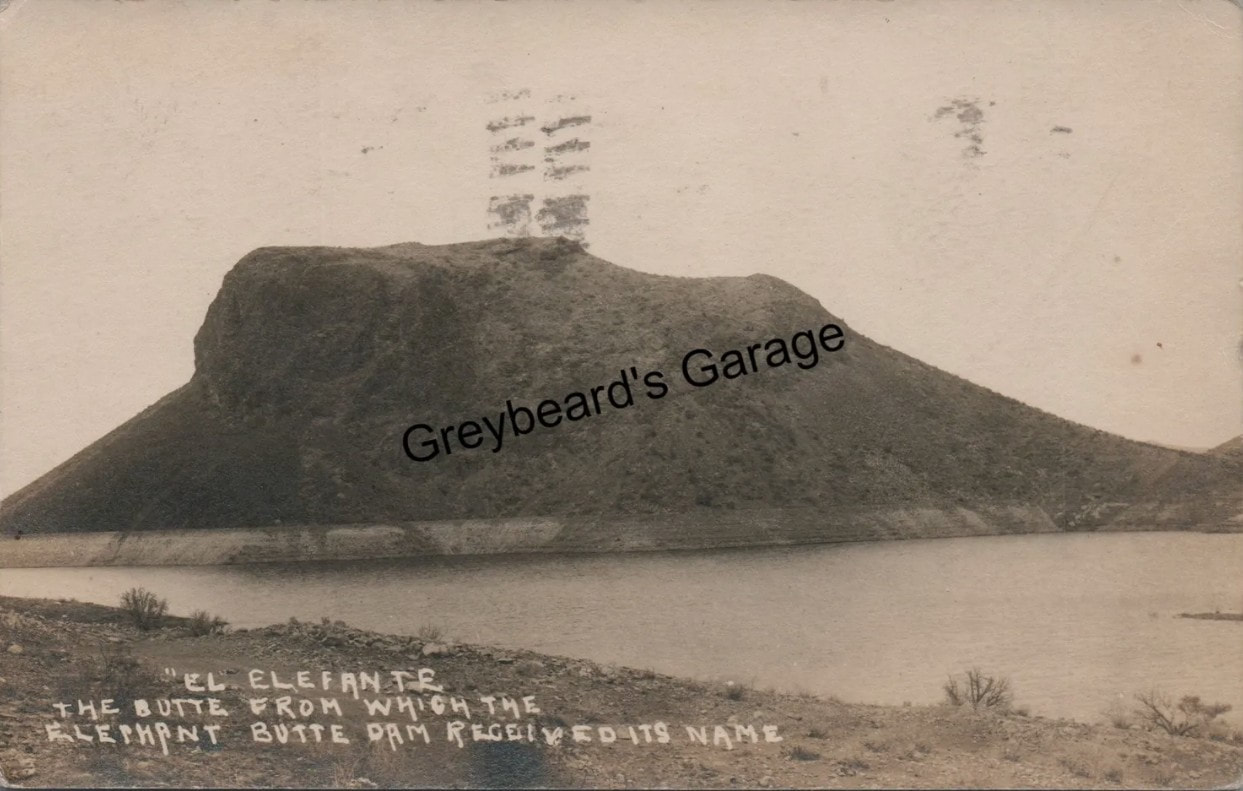
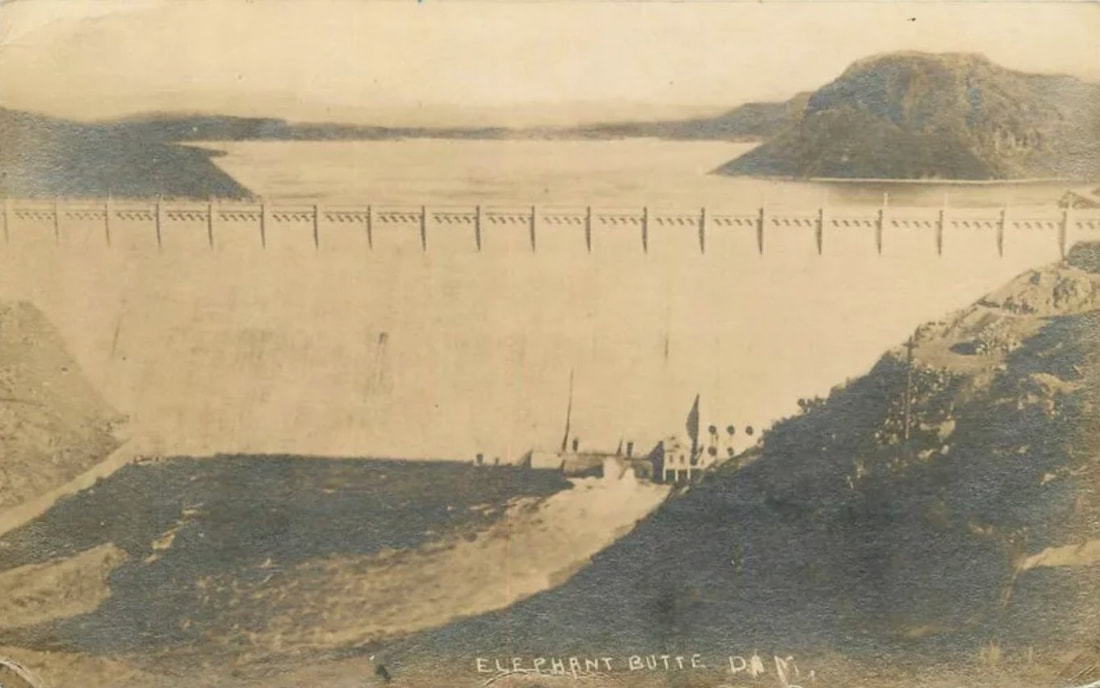
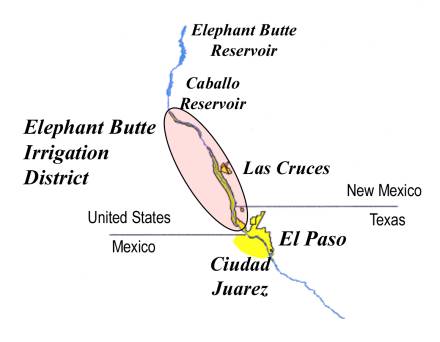
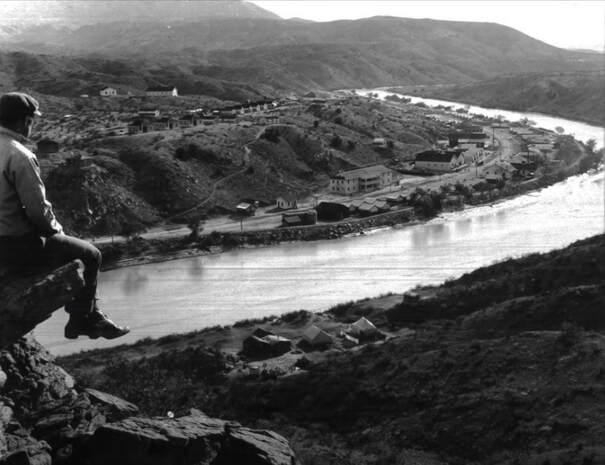
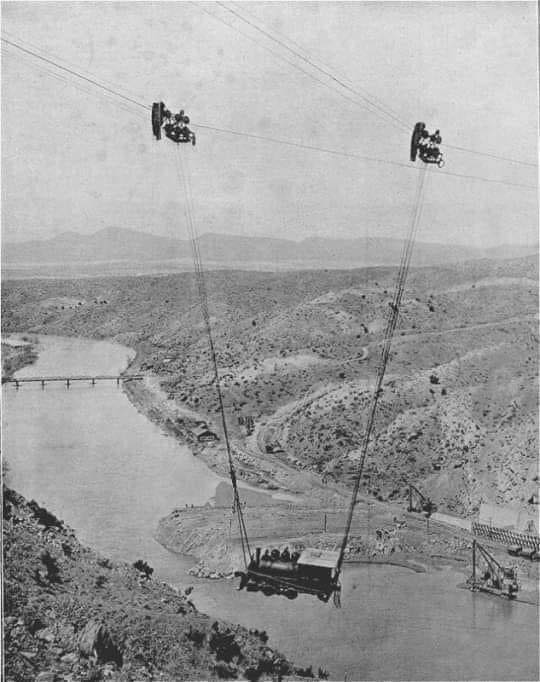
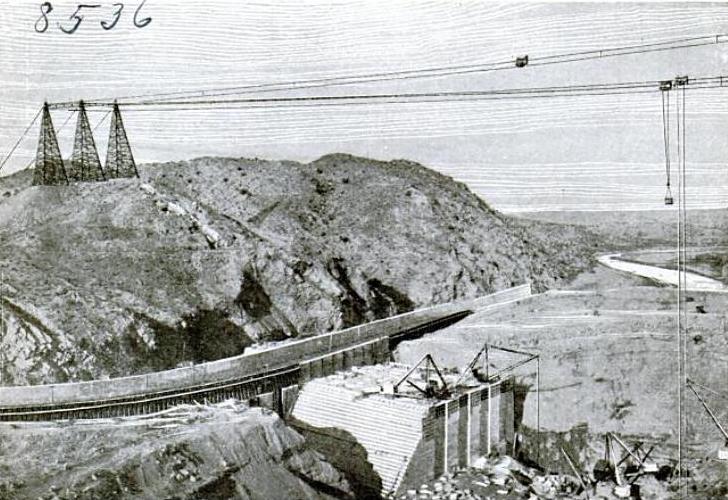
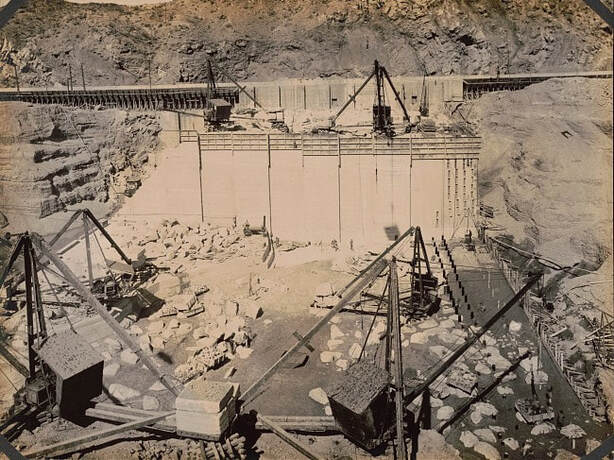
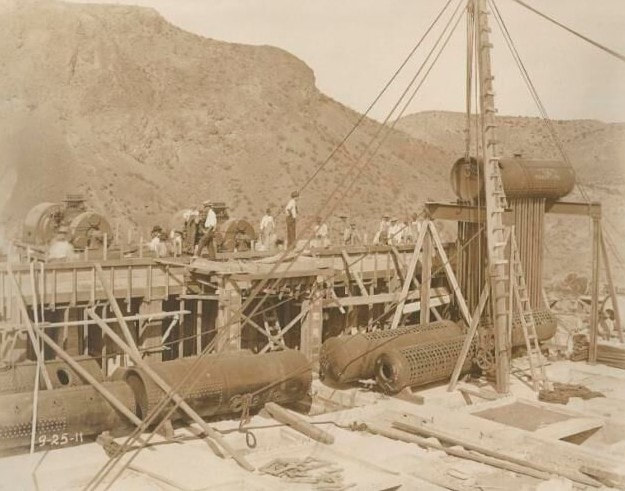
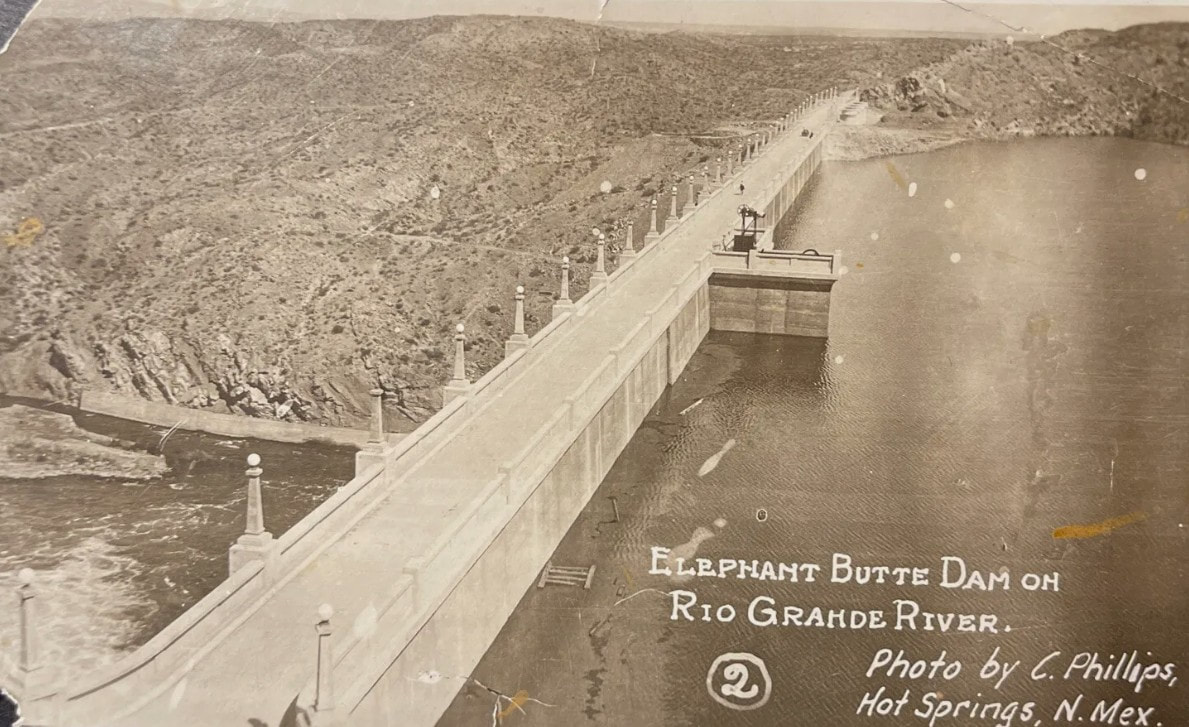
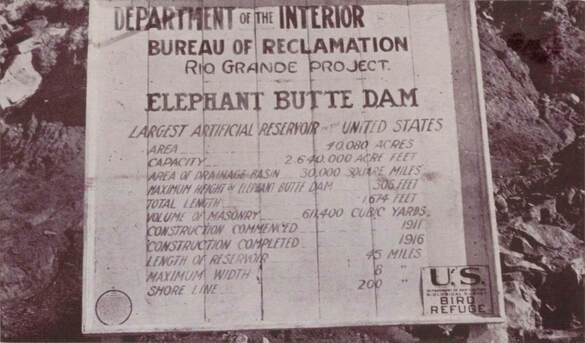
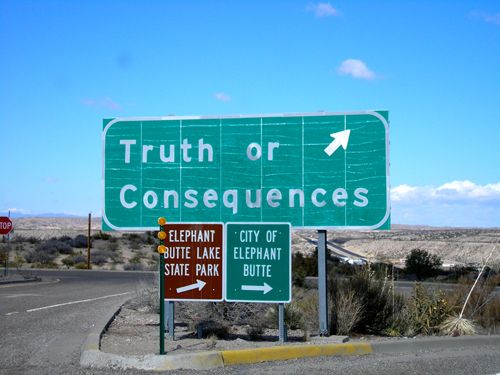
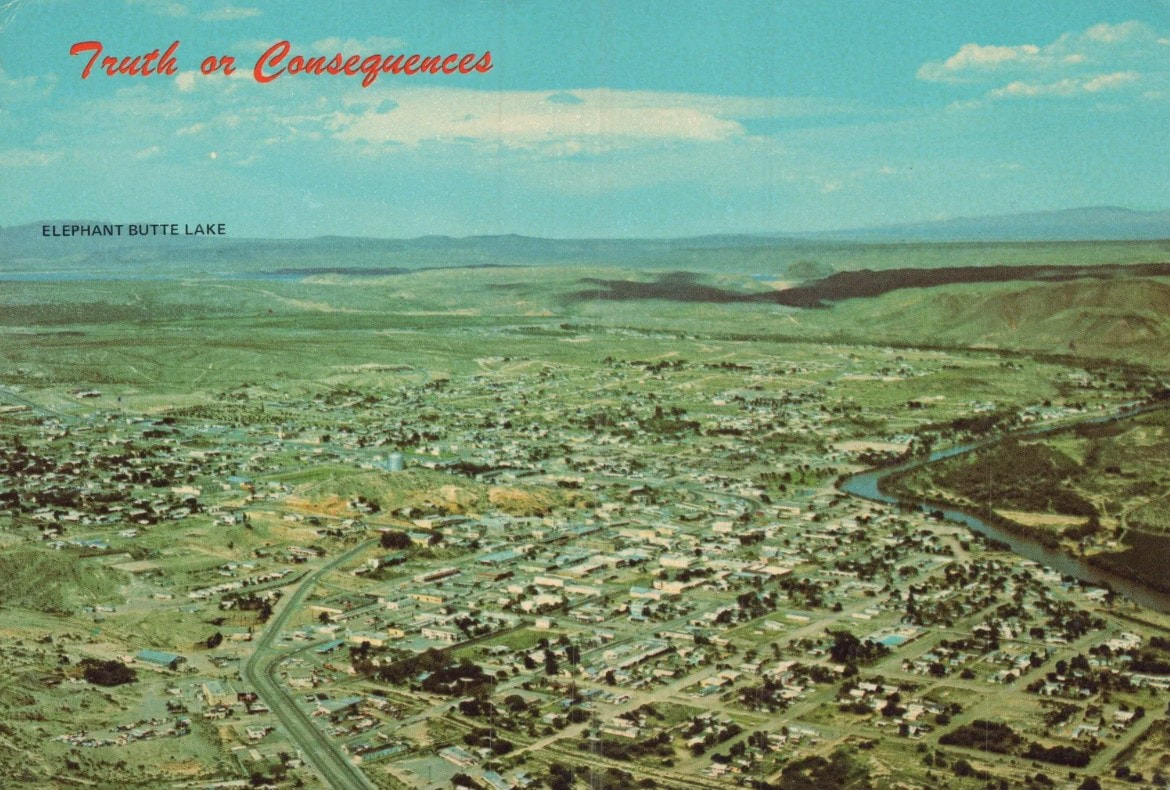
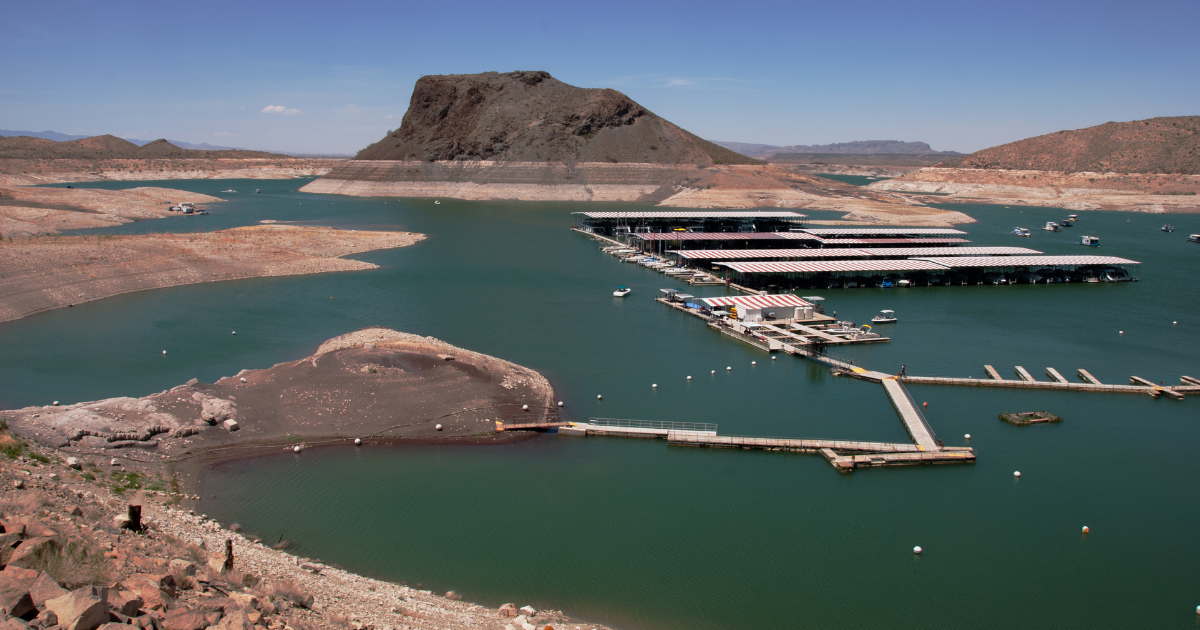
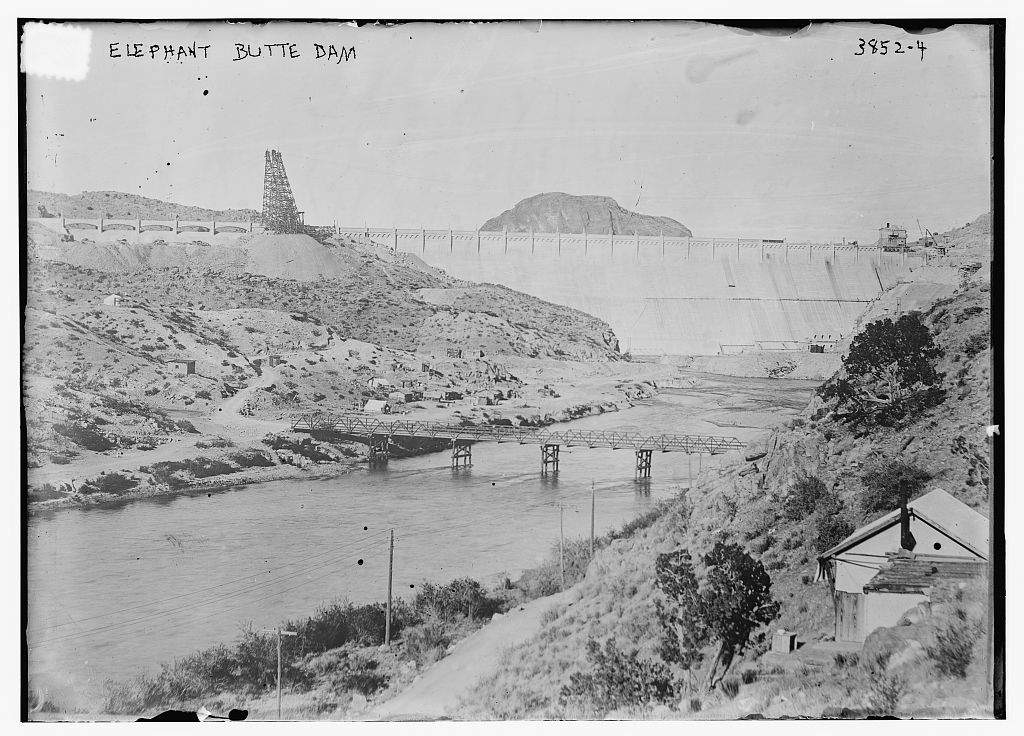
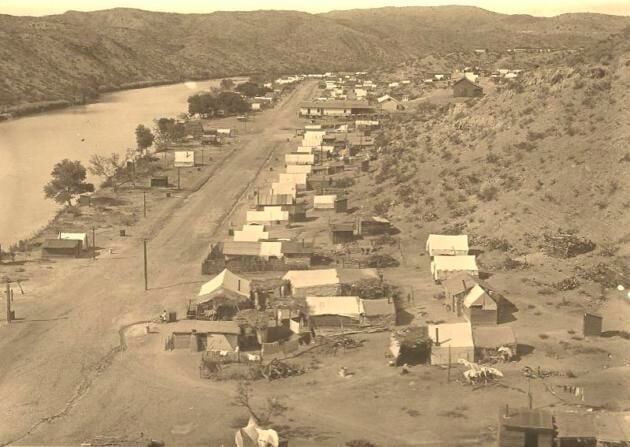

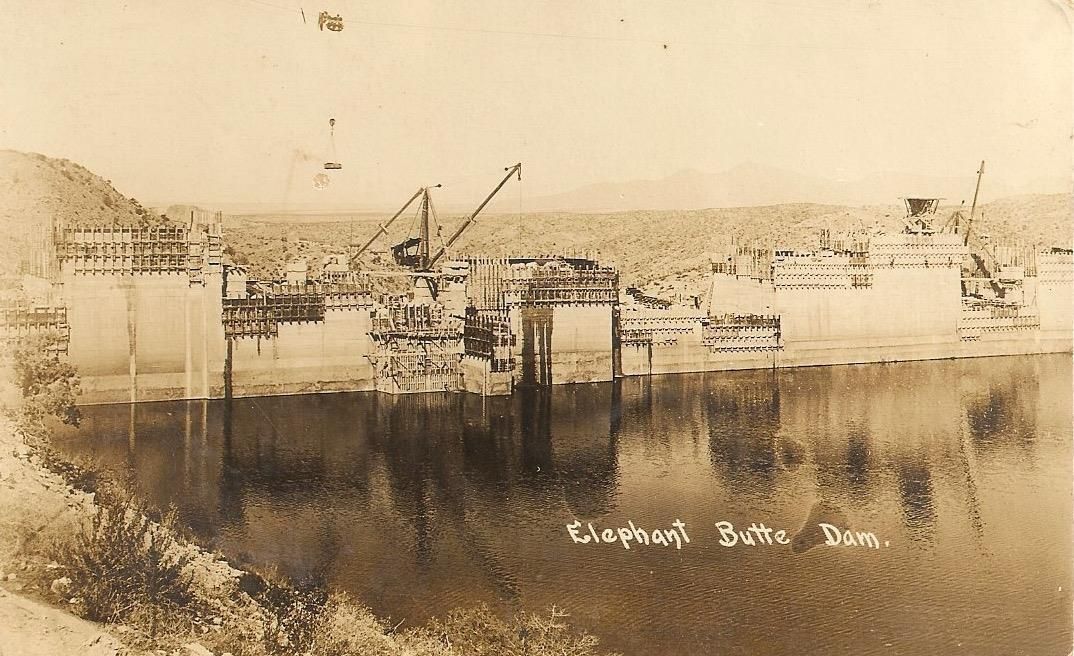
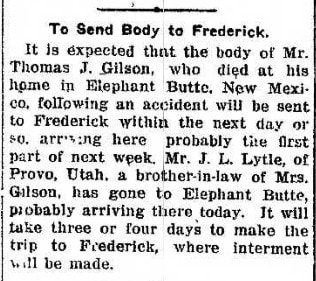
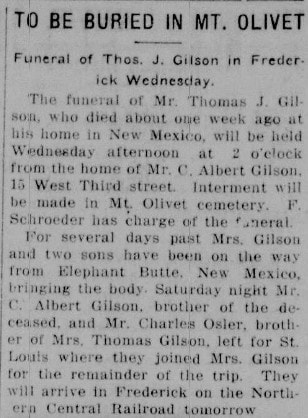

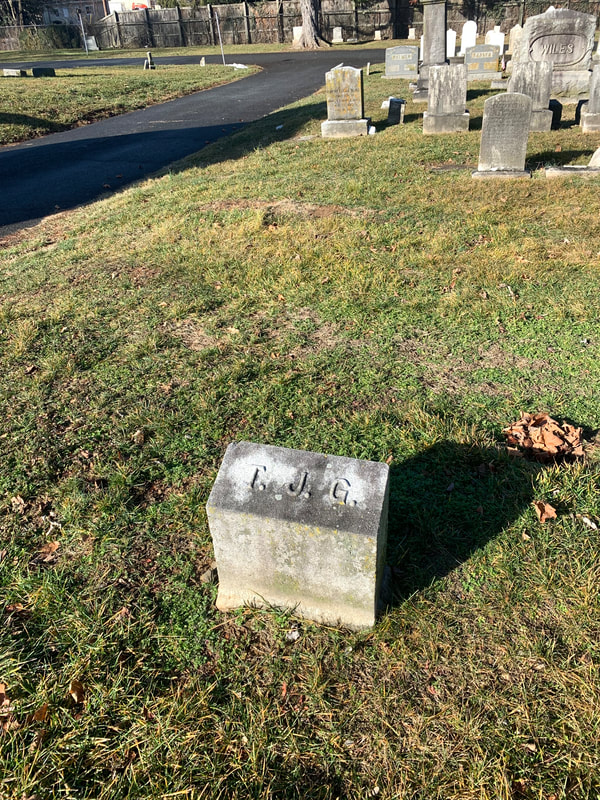
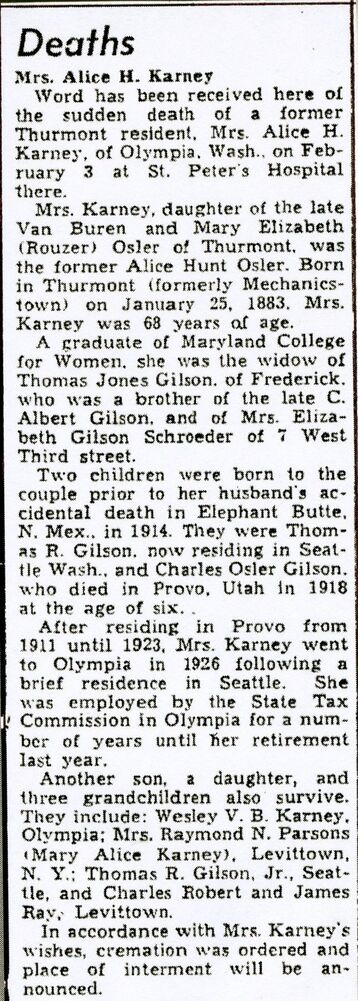
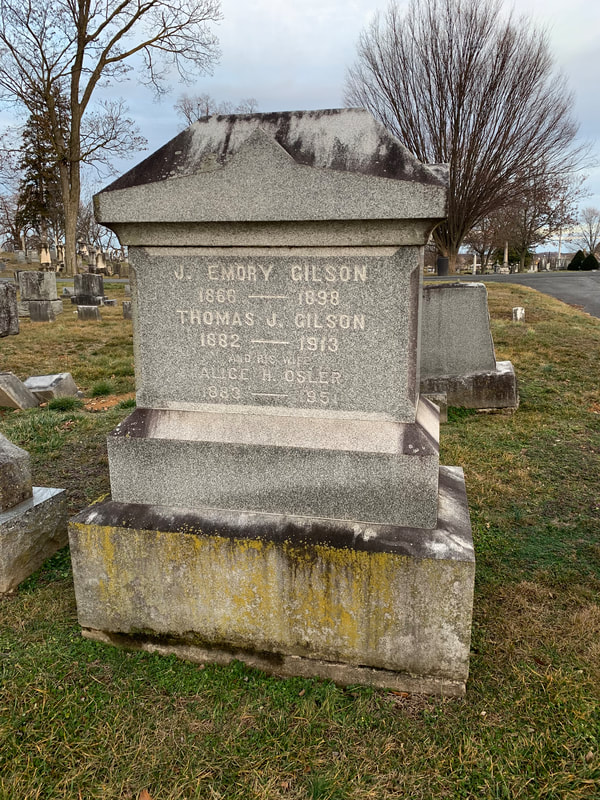
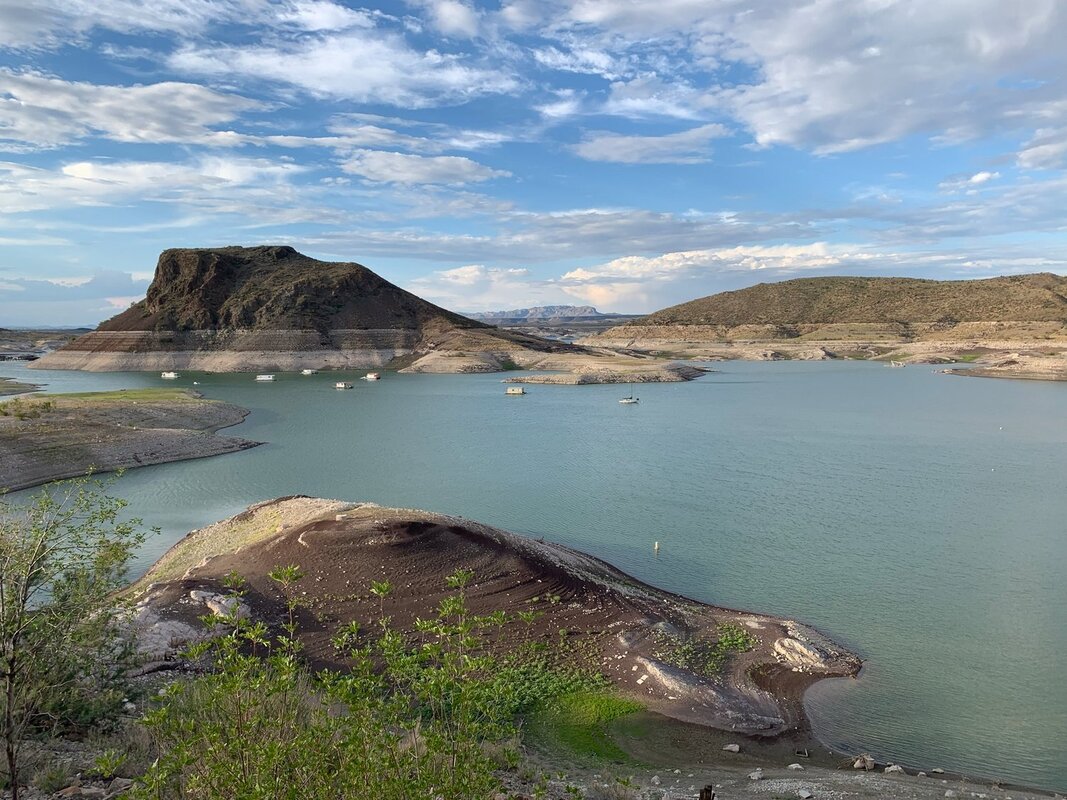

 RSS Feed
RSS Feed